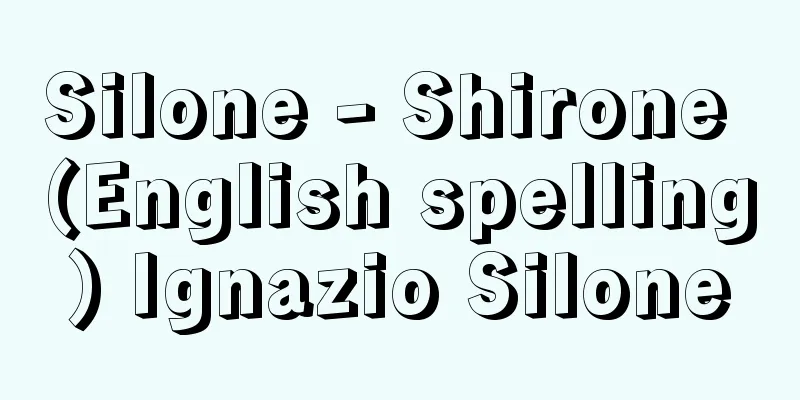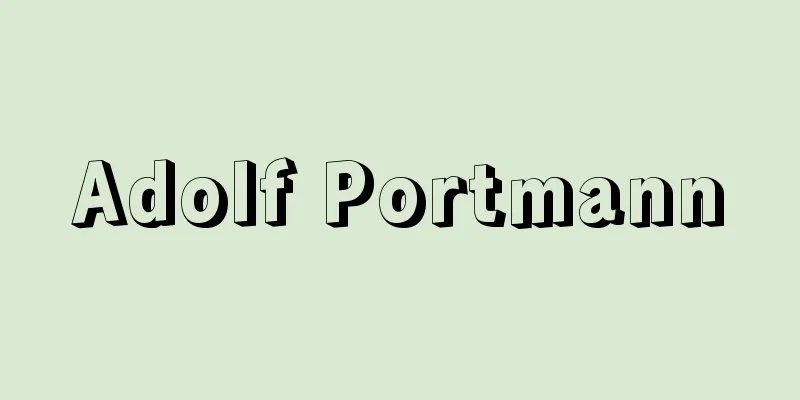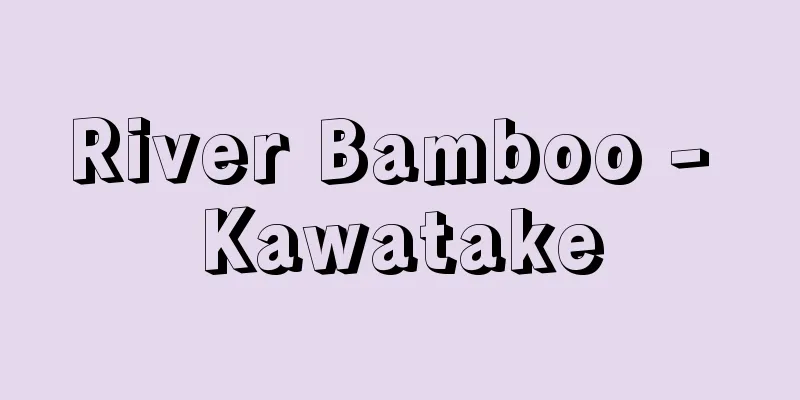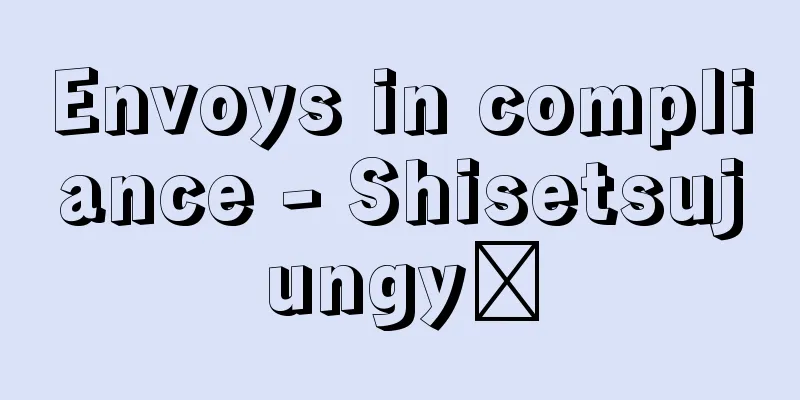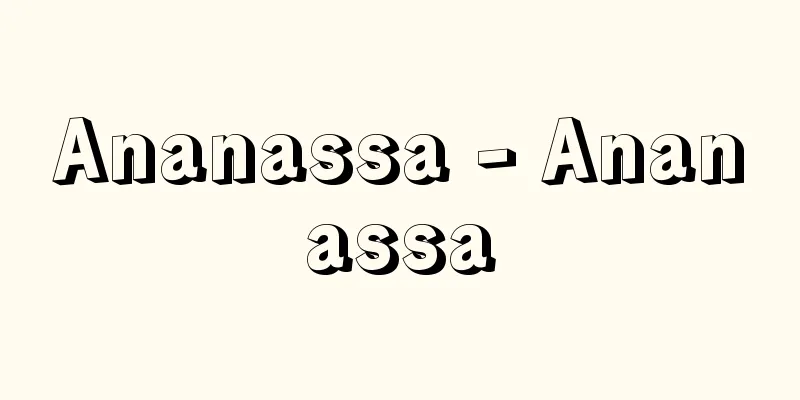Business tax - Jigyozei
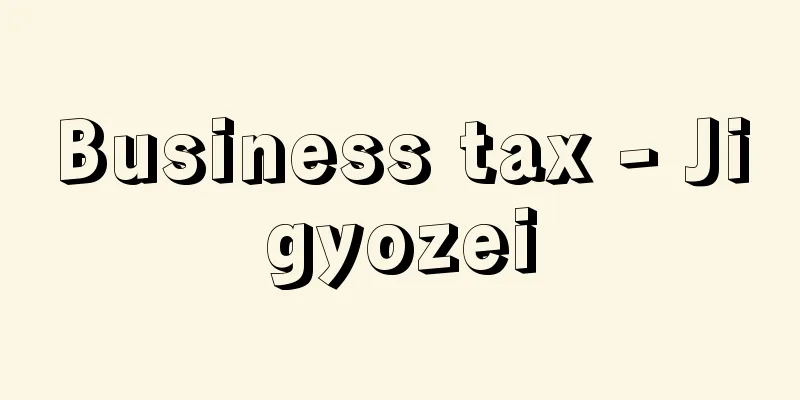
|
This is a tax levied by prefectures on individuals and corporations who conduct business, with the tax base being the amount of income or revenue. It is based on the idea that businesses should share the costs necessary for using various facilities of local governments and receiving various administrative services in order to carry out profit-making activities. It forms the basis of prefectural taxes. [Takeshi Okawa] HistoryThe predecessor of the enterprise tax was the business tax, which was established as a prefectural tax in accordance with the local tax regulations of 1878 (Meiji 11). In 1896, the Business Tax Law was enacted, which made business taxes on 24 types of business a national tax, and prefectures and municipalities were permitted to impose additional taxes on them. Business taxes on other types of business continued to be prefectural taxes as before. In 1926 (Taisho 15), the Business Revenue Tax Law was promulgated, which changed the tax base of the national business tax from the external standard to income (net profit), but the prefectural business tax continued to be based on the external standard. In 1940 (Showa 15), when a fundamental tax reform was made covering both national and local taxes, the national business revenue tax and the prefectural business tax were integrated to become the national business tax, and all of the revenue was refunded to the prefecture where it was collected, as a refund tax in the newly established local allocation tax. After the Second World War, in 1947 (Showa 22), the business tax once again became an independent tax levied by prefectures (municipalities were able to impose surcharges on it). In 1948, the name was changed to enterprise tax, and a new special income tax for freelancers was established. Furthermore, in the 1950 reform based on the Shoup tax system recommendations, a value-added tax was created in place of the business tax and special income tax. However, due to changes in the tax burden and tax calculation techniques, the implementation of this tax was postponed (although the municipal surcharge was abolished). In the end, the value-added tax was never implemented, and was abolished in 1954, and at the same time, the special income tax was integrated into the business tax, creating the current business tax. [Takeshi Okawa] Current systemThe objects of enterprise tax are the first type of business (such as retail and manufacturing, which are within the scope of normal business), the second type of business (such as livestock farming and fisheries, but excluding agriculture and forestry), and the third type of business (such as medicine, pharmacology, and law, which are mainly free professions) conducted by corporations and individuals. Note that enterprise tax is not levied on all businesses conducted by public corporations such as the state, local governments, public corporations, and public agencies, the original businesses conducted by public interest corporations such as religious corporations, school corporations, and social welfare corporations, forestry, mineral mining, and agriculture conducted by agricultural corporations. For those who operate businesses with offices or business establishments in two or more prefectures, the tax base amount is divided according to the number of employees, the value of fixed assets, etc. Corporations whose tax base is income can use external standards such as capital amount and sales amount as the tax base, or can use both income and these tax bases depending on the circumstances of their business. [Takeshi Okawa] IssuesOne of the problems with the enterprise tax is its ambiguity. The enterprise tax is explained as a tax that has the nature of a beneficiary burden for administrative services provided by prefectures. If this is the case, it would be desirable to use some external standard as the tax base, but in many cases, income is used as the tax base. This is said to be because of the consideration that taxation based on external standards would have a large impact on small and medium-sized enterprises with weak management bases. However, as a result, businesses do not bear the tax burden in accordance with their activity level, and if they incur a loss, they are not taxed at all on the enterprise tax. The second problem is the unfairness of the burden. This is seen in the fact that some of the businesses that are exempt from the enterprise tax are not necessarily based on rational grounds, and in the calculation of income, which is the tax base, special measures based on policy considerations provided for in the Income Tax Law, the Corporation Tax Law, the Special Taxation Measures Law, etc. are carried over. The third problem is that it is highly sensitive to economic fluctuations. This is another flaw that arises from using income primarily as the tax base, and it often threatens the stability of prefectural tax revenues. [Takeshi Okawa] [Reference item] |Source: Shogakukan Encyclopedia Nipponica About Encyclopedia Nipponica Information | Legend |
|
都道府県が、個人および法人の行う事業に対し、所得金額または収入金額を課税標準として、その事業を行う者に課する税。事業が収益活動を行うにあたっては、地方公共団体の各種の施設を利用し、種々の行政サービスの提供を受けることから、そのために必要な経費を分担すべきであるという考え方に基づく。都道府県税の基幹をなしている。 [大川 武] 沿革事業税の前身は、1878年(明治11)の地方税規則により府県税として創設された営業税である。1896年、営業税法が制定され、24業種に係る営業税は国税とされ、府県および市町村はこれに付加税を課することが認められた。なお、その他の業種に係る営業税は従前どおり府県税とされた。1926年(大正15)に営業収益税法が公布され、国税営業税の課税標準が外形標準から所得(純益)に改められたが、府県営業税は従来どおり外形標準によるものとされた。国税、地方税を通ずる抜本的な税制改正が行われた1940年(昭和15)には、国税営業収益税と府県営業税が統合されて国税営業税となり、その収入額は全額、新設の地方分与税中の還付税として、徴収地の府県に還付されることになった。第二次世界大戦後、1947年(昭和22)に、営業税はふたたび都道府県の独立税となった(市町村は、これに付加税を課することができた)。48年に、名称が事業税に改められ、新たに自由業に対する特別所得税が設けられた。さらに、シャウプ税制勧告に基づく50年の改正で、事業税および特別所得税にかえて付加価値税が創設された。しかし、税負担の変化、税額計算の技術などの理由で、この税の実施は延期された(ただし、市町村の付加税は廃止された)。結局、付加価値税は実施に移されることなく、54年に至り廃止され、同時に、特別所得税が事業税に統合されて、現行の事業税が創設された。 [大川 武] 現行制度事業税の課税客体は、法人の行う事業および個人の行う第一種事業(物品販売業、製造業など、通常営業の範囲に属するもの)、第二種事業(畜産業、水産業など。ただし農業、林業などを除く)、および第三種事業(医業、薬剤師業、弁護士業など、主として自由業に属するもの)である。なお、国、地方公共団体、公社、公団などの公共法人の行うすべての事業、宗教法人、学校法人、社会福祉法人などの公益法人の行う本来の事業、林業、鉱物の掘採事業、農業法人の行う農業などに対しては、事業税は課税されない。 なお、2以上の都道府県に事務所または事業所を設けて事業を行う者には、従業者数、固定資産の価額などの基準によって課税標準額の分割が行われる。また、所得を課税標準とする法人については、その事業の状況に応じ、課税標準として資本金額、売上金額などの外形標準を用いることも、また所得とこれらの課税標準をあわせ用いることもできるとされている。 [大川 武] 問題点事業税の問題点の一つは、その性格のあいまいさである。事業税は、都道府県の提供する行政サービスに対する受益者負担的な性格を有する税であると説明されている。そうであれば、その課税標準としては、なんらかの外形標準を用いることが望ましいはずであるが、多くの場合、所得が課税標準とされている。これは、外形標準による課税を行うと経営基盤の脆弱(ぜいじゃく)な中小企業に及ぼす影響が大きいことなどを配慮したためとされている。しかし、その結果、事業はその活動量に応じた税負担をせず、欠損を生じた場合には事業税をまったく課税されないということになる。第二の問題点は、負担の不公平である。このことは、事業税の非課税事業のなかにかならずしも合理的根拠に基づくとはいえないものがあること、課税標準たる所得の算定にあたって、所得税法、法人税法、租税特別措置法などに設けられている政策的配慮に基づく特例措置が引き継がれていること、などにみいだされる。第三の問題点は、経済変動に対する感受性が強いことである。これも、課税標準として主として所得を用いていることから生ずる欠陥であるが、そのため都道府県税収の安定性がしばしば脅かされることになる。 [大川 武] [参照項目] |出典 小学館 日本大百科全書(ニッポニカ)日本大百科全書(ニッポニカ)について 情報 | 凡例 |
<<: Business transformation - business epilepsy
>>: Business tax - jigyoshozei
Recommend
Fabulous
…However, it can be assumed that the architectura...
Carissa genus
...Avoid high humidity during the cold season. Se...
Peters, CF
… In the second half of this century, with the de...
Audioscope - Audioscope
...We perceive an object as three-dimensional bec...
Asahina Chisen - Asahina Chisen
A newspaper journalist in the Meiji period. His p...
Holikā (English spelling) Holika
…It is held every year on the full moon day in Ph...
Kazuo Hasegawa
Actor. Born in Kyoto on February 27, 1908. As an ...
Easel Hill
...The Tyrolean Museum of Folk Art, located to th...
Omori [town] - Omori
A former town in Hiraka County in the central-sout...
Pitch value - Onteichi
…The tuning used in music has evolved in pursuit ...
Falstaff, Sir John
A famous comic character who appears in Shakespear...
J. Paul Getty Museum
As a result, some of the world's finest colle...
Eyewash - Sengan
This refers to a procedure to wash the eyelids an...
Eichler, AW
…They were treated as 1/3 of the plant kingdom. I...
Tockus camurus (English spelling)
...Length is 38-125cm. The smallest species is th...


